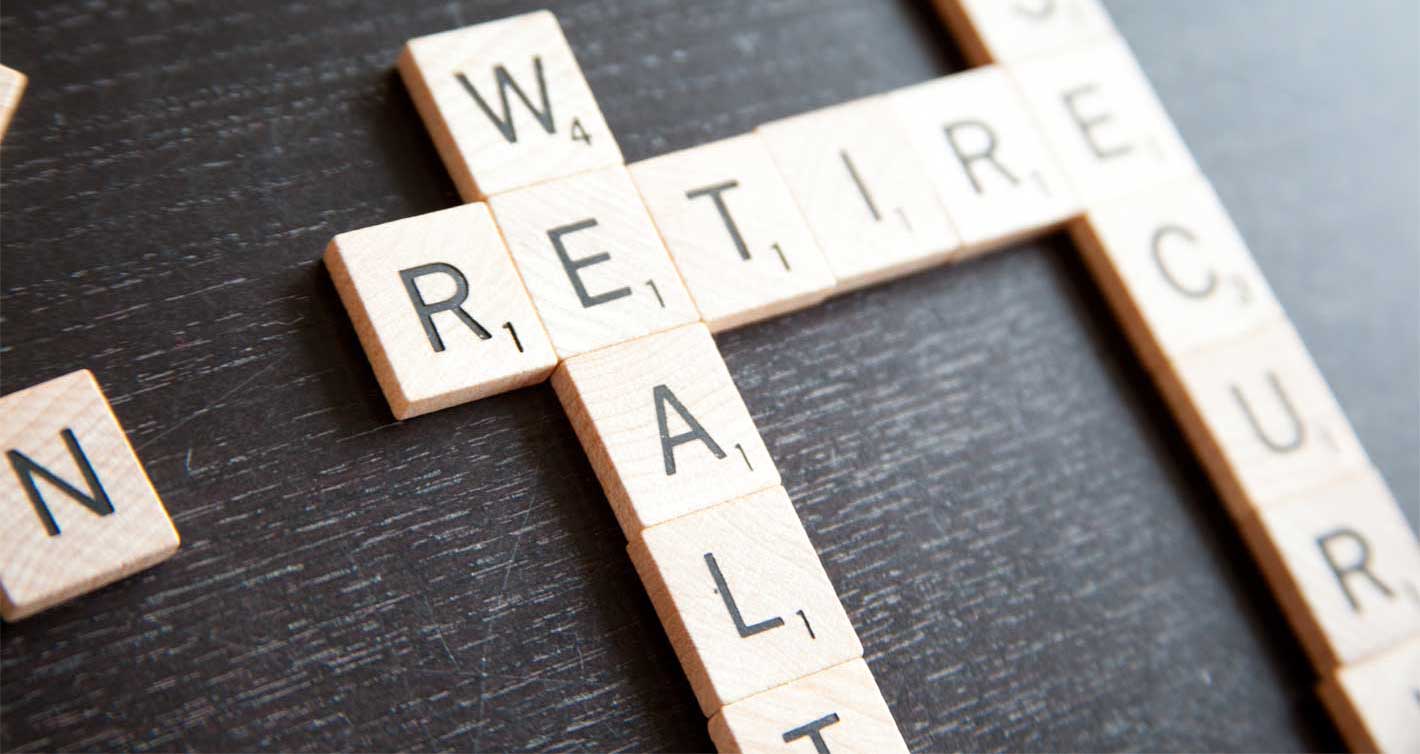The end of the tax year may be coming up fast, but there is still time to get proactive about your financial planning and investments. In fact, this might be your last chance to take advantage of two savings opportunities, explains Charles Calkin, a financial planner at James Hambro & Partners.
The tax year end looms, presenting a deadline for completing investments into ISAs and pensions and making the most of any allowances. There are a several opportunities to consider. It is perhaps worth starting with two that look vulnerable to change in the coming budget.
Capital Gains Tax (CGT)
There has been speculation for years that CGT rates will be brought in line with income tax. Many people have shares outside a pension or ISA bought or inherited years ago that may have been good at the time but are not performing now. They carry on holding them because they do not want to pay the tax. It may be time to bite the bullet and get the money reinvested in something better and while CGT rates are historically low.
We each have a CGT allowance of £12,000. Currently higher-rate taxpayers pay 20% on gains over the allowance. For basic-rate taxpayers it is just 10% – though gains on property other than the primary residence carry an extra 8% tax. So, if you have £50,000 worth of shares that you bought a decade ago for £10,000, the gain is £40,000. Your £12,000 CGT allowance means you will pay tax on just £28,000 – at 10% or 20%.
You can gift assets to a spouse or civil partner, without triggering CGT. They can then sell some too and, assuming they are not using their allowance with disposals of their own, you have effectively doubled your CGT allowance
You can gift assets to a spouse or civil partner, without triggering CGT. They can then sell some too and, assuming they are not using their allowance with disposals of their own, you have effectively doubled your CGT allowance. In our example it would mean only £16,000 is liable for CGT. Gifting is particularly useful if your partner pays tax at a lower rate.
Of course, you do not have to dispose of assets all in one go. You might sell up to the limit of your CGT allowance, and then sort the remainder after 5 April when you have a fresh allowance.
Pension contributions
Most of us can save up to the Annual Allowance of £40,000 gross into a pension. For every £1,000 you invest your pension provider will claim back basic-rate tax at 25% from HMRC and add this to the pot. The effect is that if you pay £80 into your pension it is grossed up to £100. Higher-rate and additional-rate taxpayers can claim back the further 20% or 25% tax they paid when completing their tax return, which usually comes as a reduction in their income tax bill. Many forget to do this, potentially losing thousands of pounds a year.
Higher-rate and additional-rate taxpayers can claim back the further 20% or 25% tax they paid when completing their tax return, which usually comes as a reduction in their income tax bill. Many forget to do this, potentially losing thousands of pounds a year
For high earners who are not close to breaching the £1,055,000 Lifetime Allowance, there is much to be said for pumping as much as you can into your pension because these benefits look under threat as the cash-hungry Chancellor tries to square the books.
Those earning over £100,000 should particularly consider this. For every £2 you earn over £100,000 you lose £1 in personal allowance. As a result, your marginal rate of tax between £100,000 and £125,000 is 60%. Putting that money into a pension is effectively saving you £15,000 in tax.
If you have not maximised your pension contributions in the past three years, you can carry forward the unused allowance into this year
If you have not maximised your pension contributions in the past three years, you can carry forward the unused allowance into this year.
There are several caveats. Perhaps the most important is the tapered allowance trap. This reduces your pension contributions allowance by £1 for every £2 that your income – which includes earnings, rental incomes and other investment income – takes you over £150,000. It can get fiendishly technical but the tax benefits of paying into a pension and exploiting carry forward can be so substantial that it is worth taking professional advice and soon.
It can get fiendishly technical but the tax benefits of paying into a pension and exploiting carry forward can be so substantial that it is worth taking professional advice and soon
You can also make contributions of £3,600 into a pension scheme for a spouse, civil partner or child if they have no earnings of their own and still enjoy the basic rate of relief. So, if you contribute £2,880, HMRC will top it up to £3,600.

Top Tip
The end of the tax year is always an exceptionally busy time for wealth managers as savers rush to use up their tax allowances. But rest assured it is not too late to find an adviser and make proactive moves. Next year, you can avoid the panic by having an adviser take care of this and other deadlines for you. The peace of mind this creates is invaluable, but advance planning can save or make you significant sums too.

Lee Goggin
Co-Founder
ISAs
Any assets in an ISA are free of CGT or income tax, but they have other benefits too. ISA income or gains do not need to be disclosed on your tax return, saving hassle, and if you die, your spouse or civil partner receives an Additional Permitted Subscription, which basically allows them to inherit your ISA savings and keep them within an ISA wrapper.
The annual ISA allowance is generous at £20,000 per person. You cannot, however, carry any unused allowance forward so this is a “use it or lose it” allowance.
The annual ISA allowance is generous at £20,000 per person. You cannot, however, carry any unused allowance forward so this is a “use it or lose it” allowance
If you have assets sitting outside an ISA and are unable to use all your allowance this year, think about how you might wrap them up within an ISA. You have to sell them first, which may trigger CGT. You can then repurchase the same investment – or buy something different – within an ISA.
You can also “Bed & Spouse”, which means that you can sell investments held outside your ISA and rebuy them in an ISA in your spouse or civil partner’s name. It means you can use your CGT allowance and then, by putting them in your partner’s ISA, use their ISA allowance.
Junior ISAs
Children cannot own shares except through a Junior ISA (JISA) or a pension, which has to be opened by the parent or guardian. You can invest £4,368 in a JISA and the money is locked in till the child is 18, at which point they can take control of it.
Giving money away
At the moment if you pay sufficient tax and donate to registered charities using Gift Aid, the charity receives a 25% uplift on your donation. On top of that, higher-rate (40%) taxpayers and additional-rate (45%) taxpayers can claim back the difference between the basic rate of tax and the tax they paid (20-25%) – usually by reducing their income tax bill.
You can carry back donations to the previous tax year, which is useful if the top rate of tax you paid in that year was higher.
You can also give money to your family and reduce your Inheritance Tax (IHT) liability. Each of us has an “annual exemption” that means you can give away up to £3,000 in a tax year. You can exceptionally carry forward the allowance for one year. (So, a couple who has not used the exemption in the previous year can give a total of £12,000 in one go).
Higher-rate (40%) taxpayers and additional-rate (45%) taxpayers can claim back the difference between the basic rate of tax and the tax they paid (20-25%) – usually by reducing their income tax bill
In addition, you can give as many gifts of up to £250 per person as you want during a tax year, as long as you have not already used another exemption on them.
This is a useful way of drip-feeding money down the generations over time without risking running short yourself.




